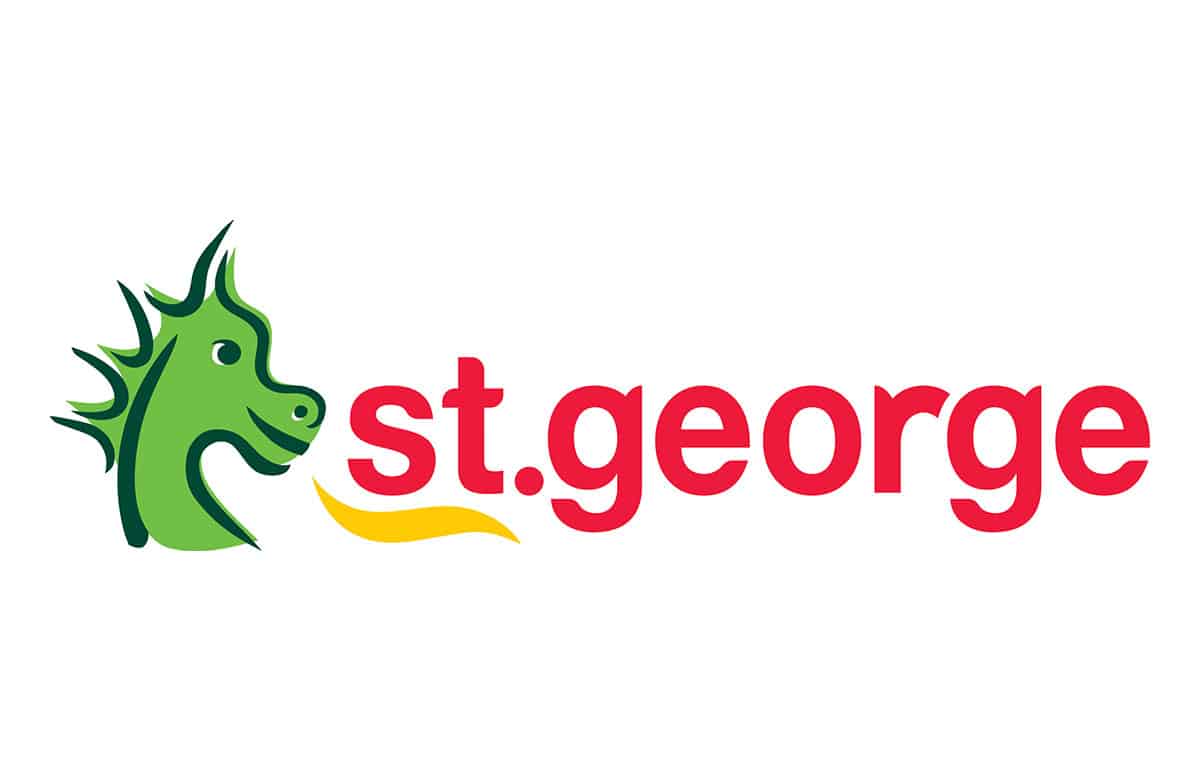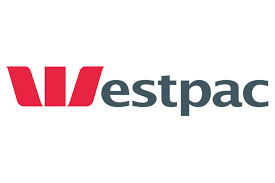Banks
Banking in Australia used to be dominated by what’s known as the Big Four Australian banks: Commonwealth, Westpac, ANZ and NAB. These banks had thousands of branches all over the country, and mainly serviced customers face-to-face. However, a variety of banks outside the Big Four have emerged, giving customers more options to choose from.
Banks still have high street branches, although their numbers have greatly reduced in the past 10 years as online institutions have grown in popularity. They generally offer the widest range of financial solutions, from transaction and savings accounts to home and personal loans, home, contents and car insurance and business loans and investing. Their online banking sites are usually highly efficient and well-structured, although their fees tend to be higher than those of other institutions.
Building societies and credit unions
Building societies and credit unions are not run to make a profit, but rather to service the needs of their members. The range of products they offer may be smaller, but their customer service is more personal. They can offer higher interest rates for your savings and lower fees for your transaction accounts, as they don’t have any shareholders to pay. They may not have many (if any) shop-front stores to visit, but they also boast suitable online infrastructure.
Online banks
Online banks don’t have any bricks and mortar shopfronts to visit; they exist purely digitally. Some are offshoots of the Big Four: for example, UBank is in NAB’s online banking division. However, others have grown out of building societies or credit unions. For example, the Queensland Police Credit Union became QBank. They again offer a smaller range of financial products but tend to offer more personal service and very competitive bank accounts and interest rates.
Digital and neobanks
Other smaller banks and recently-opened neobanks (also known as digital banks) are not affiliated with any of the traditional banks. They began to emerge in late 2018 after legislative changes in the banking sector. They offer super low fees, high interest rates for savings and innovative new ways of managing your money.
For example, some neobanks offer predictive budgeting, where the app predicts when your regular bills will come in and how much approximately they’ll be for and works out a monthly budget for you. They can also offer rounding up (where each transaction is rounded up to a specified amount), such as to the nearest dollar where the difference is automatically transferred into a savings account.













